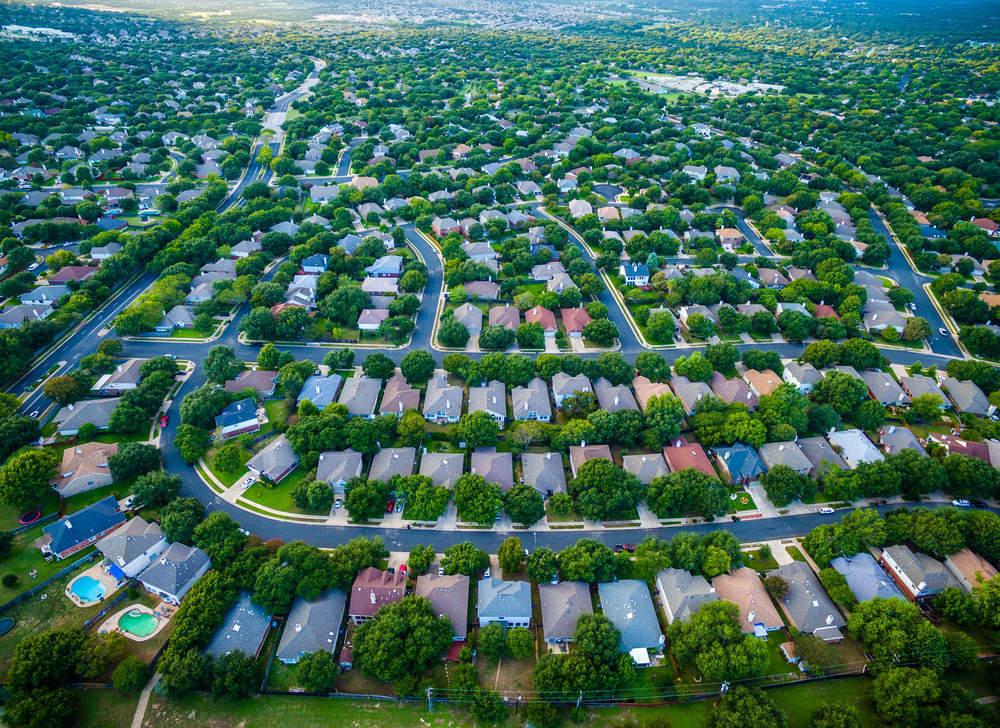Analysis of the latest US population data suggests that population growth in large US cities slowed in 2016, as it has for the past five years.
Meanwhile suburban populations have accelerated, challenging the concept of a so-called urban revival.
Lower density suburbs are experiencing the largest population growth rates, at 1.3 percent in 2016; the fastest rate since 2008.
The data is contrary to the belief that an urban revival has led to a lack of interest in the suburbs, as millennials are largely attracted towards life in city centres.
The urban revival is happening, but residing in these urban areas is ever more unattainable for a larger share of the population as the cost of living continues to rise.
Currently, the rich and well educated continue to migrate to city centres, but for those who simply can’t afford to live in the city (or don’t want to) the suburbs or further out are the only option.
How well do you really know your competitors?
Access the most comprehensive Company Profiles on the market, powered by GlobalData. Save hours of research. Gain competitive edge.

Thank you!
Your download email will arrive shortly
Not ready to buy yet? Download a free sample
We are confident about the unique quality of our Company Profiles. However, we want you to make the most beneficial decision for your business, so we offer a free sample that you can download by submitting the below form
By GlobalDataGlobalData research shows that in 2016 eight out of ten of the US’s biggest metropolitan areas witnessed a slowdown in population growth, experiencing growth below the 2010-2015 average.
This recent revelation suggests affordability is driving people further out from the city; also as more people now have the option to work from home, they can justify a less frequent but longer commute.
For example, GlobalData estimates that between 2010 and 2015 New York-Northern New Jersey-Long Island experienced average annual population growth of 116,232 people, while in 2016 the growth was less than half of that at just 54,957 people.
Furthermore, Brooklyn netted just over 4,000 new residents in 2016, down two thirds from 12,000 in 2015.
It is possible that these figures will show a different story in 2017, but as the urban revival and gentrification continues to occur in inner city boroughs that were once affordable, such as Brooklyn, urban migration will continue to decline as more people are priced out.
Housing shortages and inflated prices are causing an increasingly elitist society in large cities across the US.
If the trend continues then expect to see a rise in demand for transport links from suburban and exurban areas and a rise in telecommuting, as these now appear to be the better option for many Americans.







